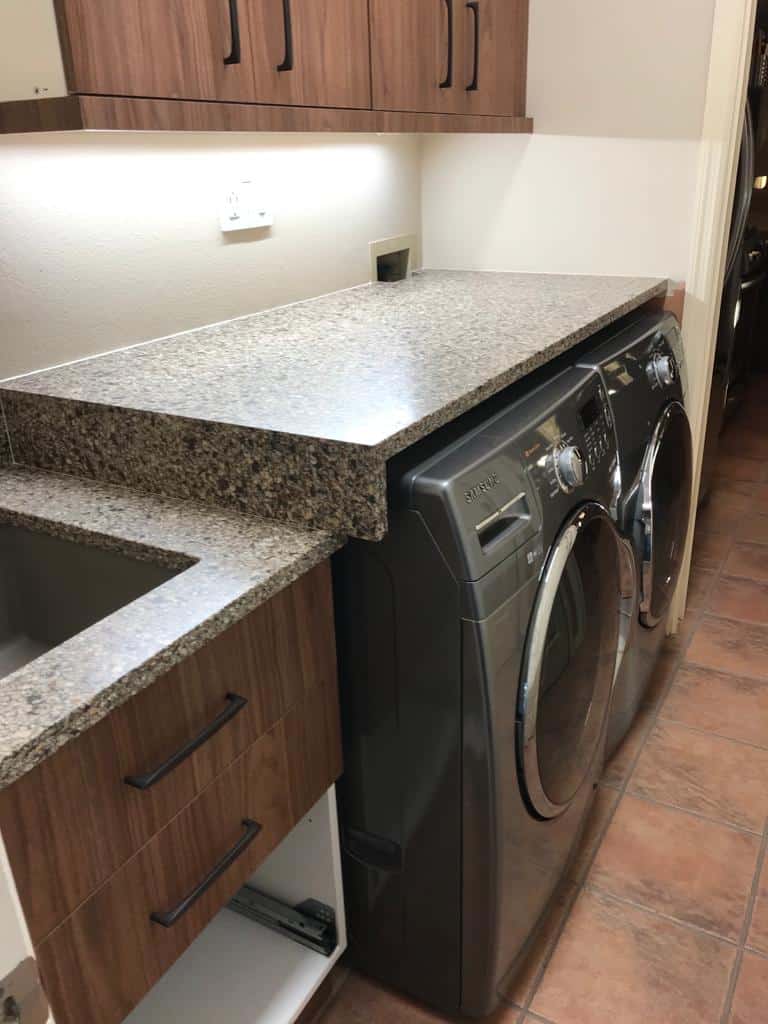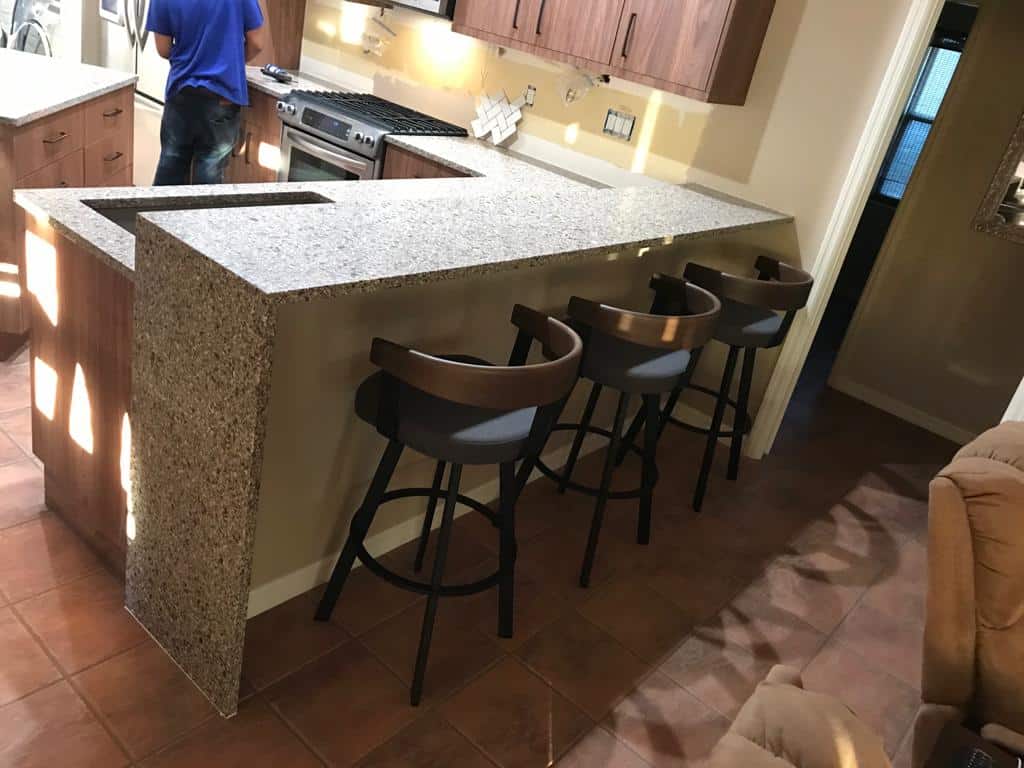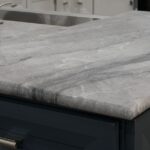What do you think about when it comes to your dream kitchen? I’m sure that beautiful granite countertop that matches the sink, cabinets and isle, is the first thing that comes to mind.
And they are indeed the most asked feature in a new kitchen. Granite is known for its durability, stain and heat resistance, and its beauty. If taken good care of, they can last a lifetime, and are very low maintenance. You can even repair it yourself!
Being able to maintain it this way is one of the many great features that granite countertops have. Do you want to know more of those features? Then check out our definitive guide on granite countertops! We have all the information you’ll need in that short but complete guide.
So, how can you repair a granite countertop?

Is this a fissure, a crack, or just a chip?
Before you start to think about all the problems that this can cause, first you have to know what it is. Every single one means something different, but all are simple to repair.
Let’s start with the fissures. They occur naturally and can look like narrow lines that go around the crystals in the stone. It is hard for them to cause damage simply because they don’t usually go deep within the granite. When you pass your fingers through the surface, it won’t hurt you and won’t even seem like it is not leveled or cracked. The appearance of the granite is not affected by it, actually most of the time it can only be seen from an angle.
But a crack is noticeable enough to bring concern. As soon as you see it, you will be searching for a way to fix it. It feels rough on the edges, and you can even feel like you could lose a coin there. If you try to level it, you will notice that something isn’t right. These are not natural at all, they can be more common around stress areas in the granite or even through bad use of the surface.
However, the chips are just as the name says. Little pieces that chip out of the stone by use. They can appear anywhere, especially on the corners. In fact, the corners can be the trickiest to fix, but the chips are the easiest of the three to deal with.
How do I repair it?
For all three, you will need to search for a repairing kit. They usually contain almost everything you need, but keep in mind that you must have painter’s tape and paper towels to make everything less messy. You can choose between resin or epoxy. Resin typically gives more time to work on it, because it takes longer to harden. Epoxy, however, starts to harden as soon as you finish the mixture, giving you less time to work with it.
Fissures and Cracks
If you find that your countertop has a fissure, don’t be worried. Most times they come fixed from the supplier. But if you notice one with time, and you want to fix it, it is easy. You will do the same as you do with a crack, but it will use less product.
First, put some tape around the area, to prevent it spreading all over the countertop. Now, you put the resin, or epoxy, on the spot, and let it cure for as long as the instructions that usually come with it says. You can use some granite dust, if needed, to match the color of your existing countertop. We recommend you leave it for at least 24 hours. If it leaks, just use some paper towels to clean it up. Make sure to dispose of those later.
After that, you use a razor blade to take the excess off. Use acetone to get rid of any residues. Don’t forget to reseal the countertop, preferably with a water-resistant seal. Polish it and it will look good as new.
Chips
For chips, the process can be even easier, just do the same as before with less product, or (especially for the corners) use a thick superglue to glue back the piece that fell off.
Now here is how to prevent any of those from happening
As soon as you install your countertop, make sure to seal it. If you don’t seal your countertop (or take too long to reseal it), you will cause great damage to it. They will absorb food, liquids and even grease.
Granite does not typically stain, but without a seal, all of those things that get deep within the stone cannot be cleaned. There is no brush that will reach these substances down there. The stain, the acids and a lot more can cause it to discolor and lose its shine!
How do I tell if it is sealed?
There is a simple test you can do to see if it’s time to reseal your granite countertop. Put some water on top of it and observe. If it takes just a few minutes to absorb the water, you need to reseal it as soon as possible. If it takes a long time, or doesn’t absorb as much, you are good to go. Do this from time to time, and you will always know when to take care of this.
One more thing: keep vinegar and lemons away from it, they can bruise your stone!

You think you’re ready to take care of your own granite countertop?
Talk to one of our experts using the chat and quote the kitchen of your dreams with professional installation!



